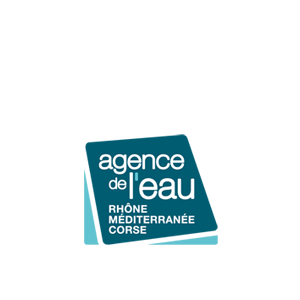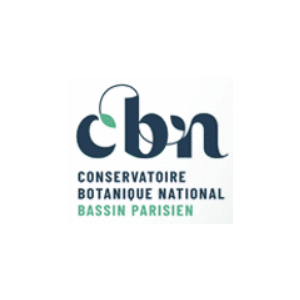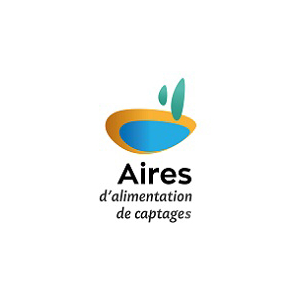
Document généré le 19/09/2025 depuis l'adresse: https://www.documentation.eauetbiodiversite.fr/fr/notice/climatologie-fine-des-systemes-de-vagues-pour-l-etude-des-systemes-houlomoteurs
Titre alternatif
Producteur
Contributeur(s)
Ecole Centrale de Nantes
Identifiant documentaire
9-7414
Identifiant OAI
oai:archimer.ifremer.fr:7414
Auteur(s):
Saulnier, Jean Baptiste
Mots clés
modèles stochastiques
processus gaussiens
simulations numériques
cohérence spatio temporelle
systèmes de vagues
densité spectrale
état de mer
largeur spectrale
groupement de vagues
systèmes houlomoteurs
énergie des vagues
stochastic models
Gaussian processes
numerical simulations
spatiotemporal coherence
wave system
spectral density
sea state
spectral bandwidth
wave groupiness
WECs
wave energy
Date de publication
04/12/2009
Date de création
Date de modification
Date d'acceptation du document
Date de dépôt légal
Langue
fre
Thème
Type de ressource
Source
Droits de réutilisation
info:eu-repo/semantics/openAccess
Région
Département
Commune
Description
This work focuses on the refinement of sea-states spectral characterisation in the frame of the development of wave energy converters (WECs). Until now, this characterisation has been limited to the consideration of basic global parameters such as the significant wave height and mean wave period. The present work namely underlines - thanks to simplified numerical models - that such a description is not sufficient to account for the performance of WECs, for they still exhibit a large variability in terms of mean production while wave energy and period are fixed. It is therefore needed to refine this description by introducing new wave characteristics, such as the wave groupiness, which is itself related to the sea-state's spectral bandwidth. The classical - spectral - approaches, allowing a statistical analysis of wave groups along with other works in the literature, permit to draw a set of relevant spectral parameters. The sensitivity of simplified offshore WEC models (linear in the frequency domain) to these parameters is then observed. The question of deterministic mean power estimation - namely in the case of non-linear models - is also raised, for it is also related somehow to the bandwidth of the wave field.
A sea-state is actually made of a superimposition of various wave systems (as swells and wind-sea). It is then possible to refine even more its description, namely through the multi-system approach. The latter enables indeed to track in time and space the wave systems independently of each other. An algorithm for the automatic spatiotemporal analysis is proposed and illustrated to this end.
Lastly, the influence of such description refinements (wave groupiness and multi-system approach) is observed at several locations (Portugal, North Sea, California) by considering various WEC models (linear axi-symmetric heaving devices, 3D SEAREV with non-linear hydrodynamics): in all cases, it is shown that both extended descriptions allow for a better characterisation of the mean WEC performance at both short and long term.
Accès aux documents
0
Consultations
0
Téléchargements






























